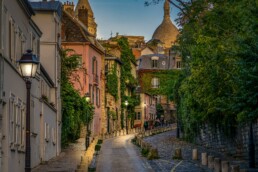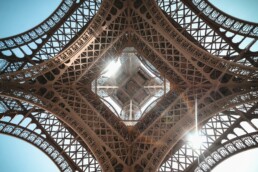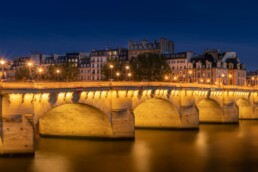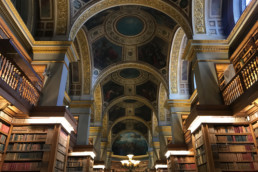In the heart of the Île de la Cité, nestled like a jewel within the precincts of the Palais de la Cité, the Sainte-Chapelle rises, a delicate lacework of stone and glass, ethereal and almost unreal. Light dances and shatters within its walls, bursting into a thousand shimmering hues, like so many memories refracted through the prism of time.
Erected in the mid-13th century under the reign of Saint Louis, the chapel was designed to house the relics of the Passion of Christ, acquired at great expense from the Emperor of Constantinople. Among them, the Holy Crown of Thorns, whose sight transported the faithful into a state of ecstatic devotion. These sacred treasures, celebrated with solemnity and mystery, conferred upon the Sainte-Chapelle an unparalleled prestige.
The edifice consists of two superimposed chapels: the lower chapel, reserved for the palace servants, is an intimate and dark space, while the upper chapel, luminous and airy, was intended for the king and his court. There, under the slender and delicate vaults, the stained glass windows recount, in a series of colorful tableaux, the biblical story from Genesis to the Resurrection of Christ. These windows, true masterpieces of Gothic art, envelop the visitor in a supernatural light, giving the impression of entering another dimension.
Among the anecdotes that dot the history of the Sainte-Chapelle, it is said that a mysterious glazier, known as Pierre de Montreuil, poured his entire soul into the creation of the windows. One night, while working by the flickering light of his candle, he had a vision of an angel who inspired the dazzling patterns of the rose windows. The faithful, gazing at these windows, could not help but believe that they were the very reflection of paradise.
During the French Revolution, the Sainte-Chapelle was stripped of its treasures. The relics were dispersed, the windows shattered, and the edifice transformed into a grain depot. But the memory of its past splendor lingered in the hearts of Parisians. In 1846, the architect Eugène Viollet-le-Duc undertook a vast restoration campaign, restoring the chapel to its former glory. He recreated the lost windows, drawing inspiration from the fragments found, and his meticulous work brought back the magic of the Sainte-Chapelle.
Even today, the Sainte-Chapelle attracts visitors from around the world, who come to marvel at the purity of its lines and the beauty of its stained glass windows. It remains a sanctuary of light and color, a perpetual epiphany where time seems suspended. A silent witness to centuries of faith, turmoil, and rebirths, it continues to tell, through its windows, the endless story of souls in search of light.
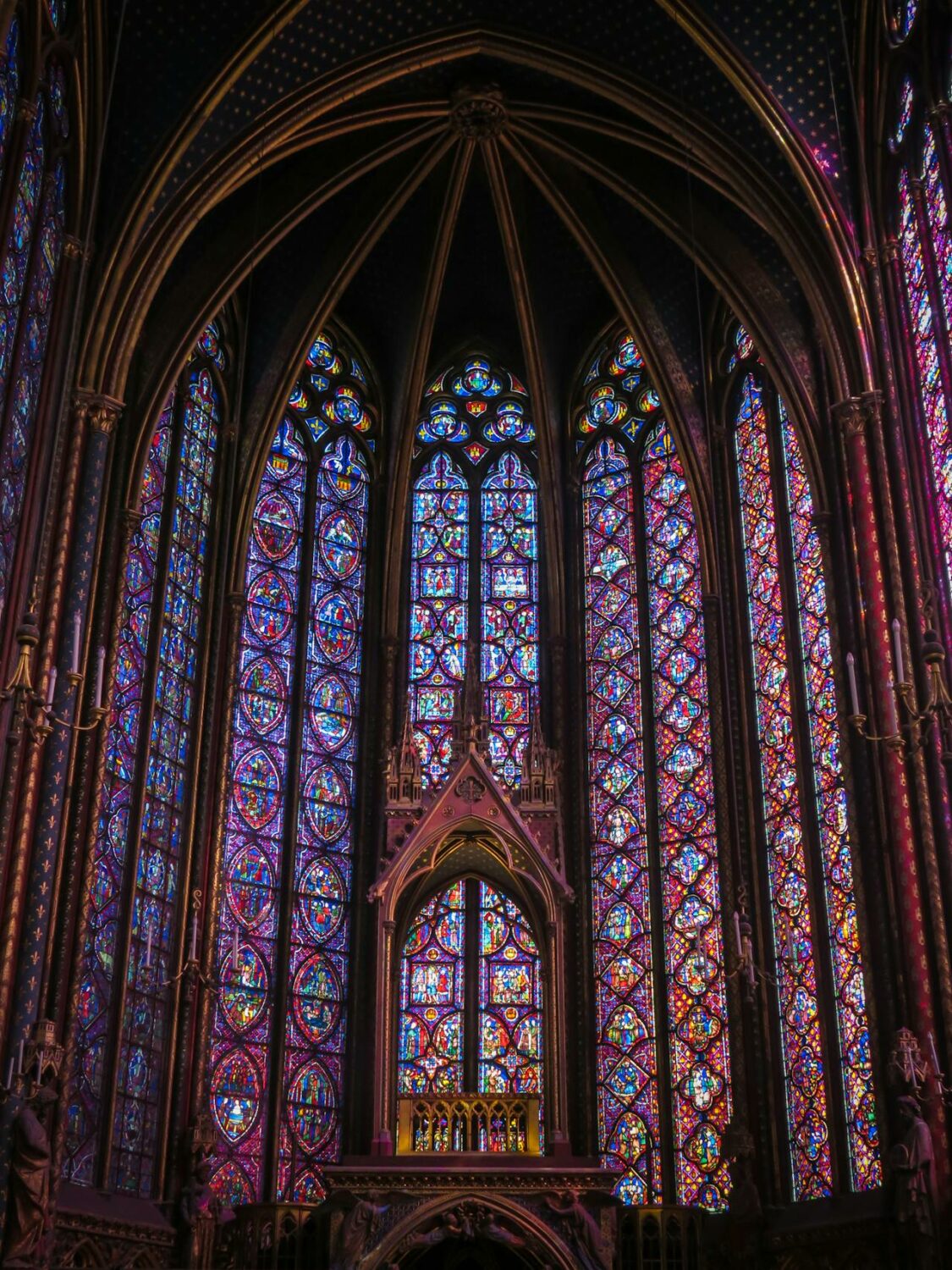
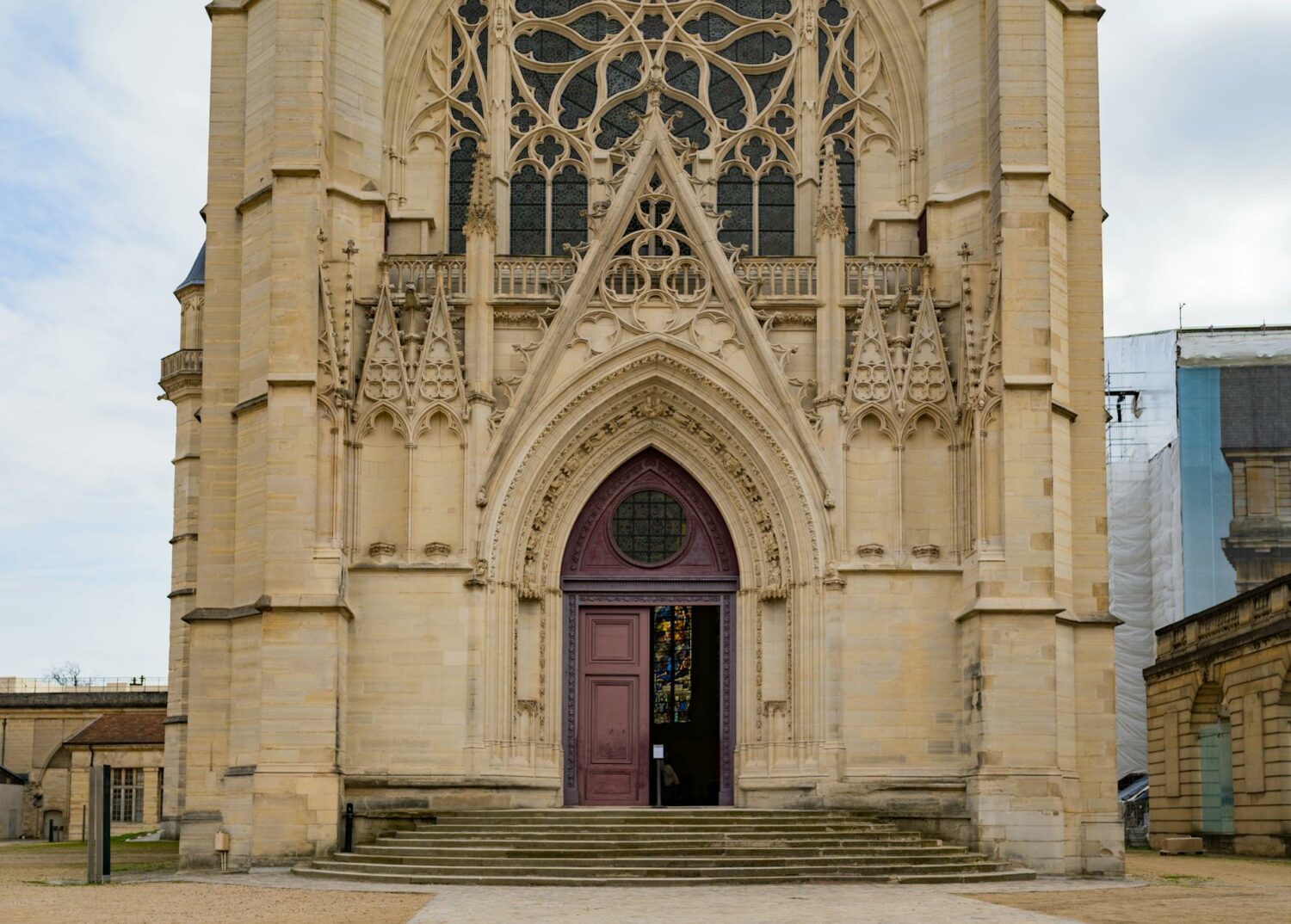
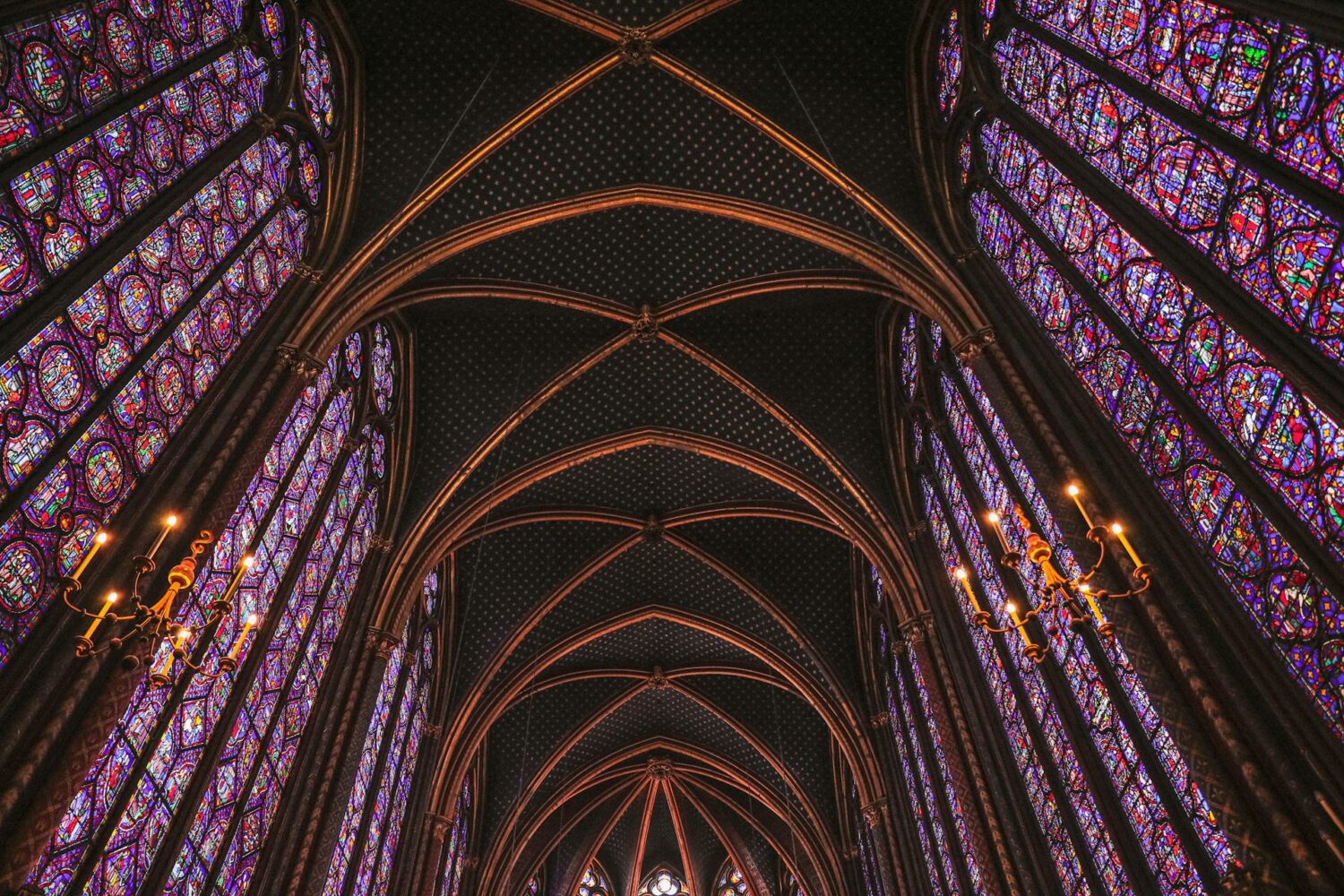
Lire également :
5 November 2024
Through the Veils of Creation: CHANEL and the Paris Opera
5 November 2024
The Sacré-Cœur: A Story of Faith and Beauty
5 November 2024
The History of the Trocadéro: A Parisian Memory
5 November 2024
The History of the Eiffel Tower: A Memory of Iron and Light
5 November 2024





